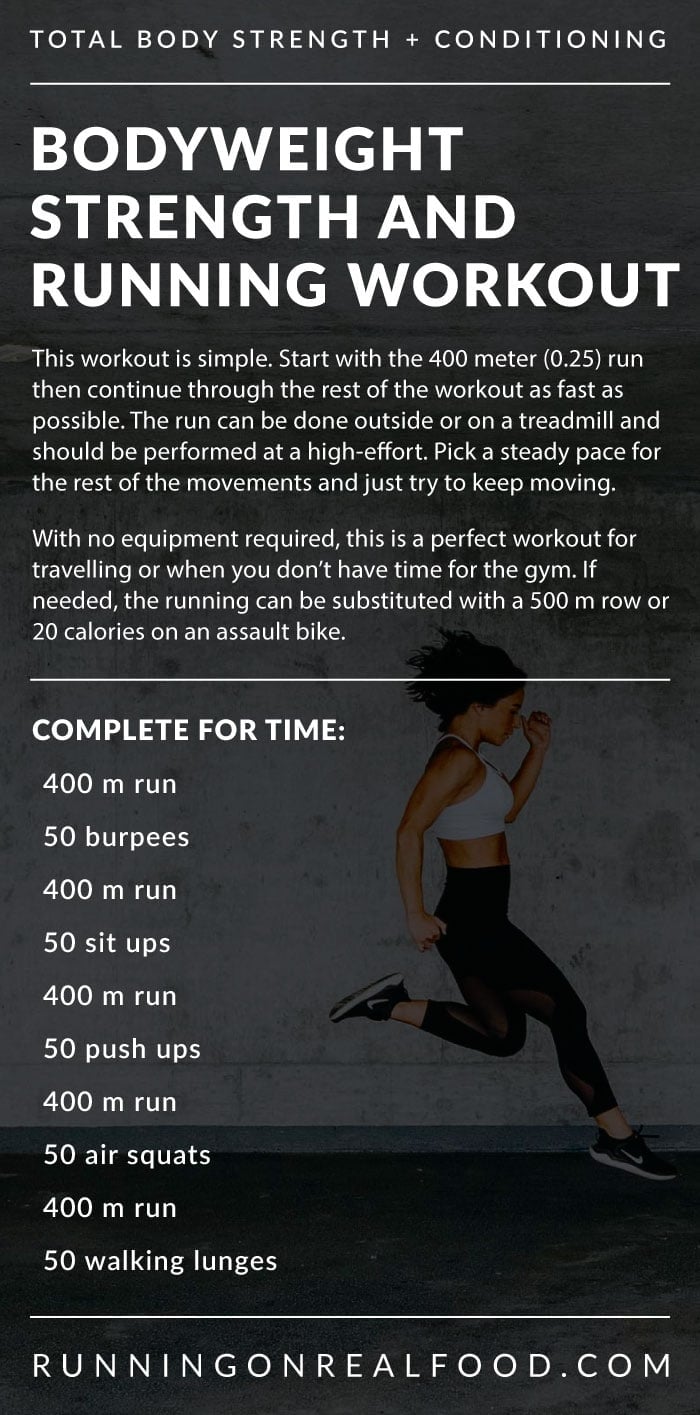Unleash Your Possible: Running Strategy Basics for Peak Performance
Unleash Your Possible: Running Strategy Basics for Peak Performance
Blog Article
Overcoming Pain in Running: Methods and Strategies That Job
Discomfort is an usual friend for lots of joggers, usually working as an obstacle to attaining their wanted objectives. With the appropriate approaches and strategies, it is possible to get rid of and even stop the pain connected with running. By exploring numerous strategies such as comprehending the different types of running discomfort, maximizing footwear and form, including cross-training and stamina exercises, implementing reliable healing methods, and keeping appropriate nutrition and hydration, joggers can potentially alleviate their discomfort and improve their overall running experience.
Recognizing Different Sorts Of Running Pain

Another kind of running pain is joint discomfort, which can manifest as a sharp or achy discomfort in areas such as the knees, hips, or ankles (running workout). Joint pain might be brought on by elements like inappropriate running kind, overuse, or underlying conditions like joint inflammation (look at this site). It is very important to differentiate between muscle soreness and joint discomfort, as the latter may call for medical attention to protect against additional injury
Understanding the various sorts of running pain is vital for effective monitoring and avoidance techniques to guarantee a risk-free and pleasurable running experience.
Proper Shoes and Running Type
To optimize performance and minimize the risk of running-related injuries, selecting proper shoes and preserving correct running type are vital elements for joggers of all levels. It is suggested to pick running footwear that are especially created for the individual's foot kind, running stride, and the type of running task they involve in.

Cross-Training and Strength Exercises
Participating in cross-training and including strength workouts into a running regimen can substantially boost general efficiency and reduce the possibility of injuries. Cross-training, such as biking or swimming, helps improve cardiovascular fitness while providing running muscles a break from repeated effect. It also assists strengthen different muscle teams, resulting in far better overall body conditioning. Strength workouts, like squats, lunges, and core workouts, play a critical role in maintaining muscular tissues find here and enhancing running efficiency. They can fix muscle mass inequalities, boost agility, and improve power output, every one of which are important for running performance.
Incorporating cross-training and stamina exercises right into a running routine should be done strategically. It is necessary to enable for appropriate remainder in between running sessions and cross-training tasks to stop overuse injuries. Furthermore, concentrating on appropriate kind and method throughout strength exercises is vital to optimizing their benefits and minimizing the risk of injury. By integrating these elements into a running routine, joggers can develop a stronger structure, enhance performance, and delight in an extra lasting running experience.
Recuperation and Relax Strategies
Having actually developed the importance of cross-training and toughness exercises in an extensive running regimen, focus can now be guided in the direction of Recuperation and Rest Strategies as indispensable components for optimizing performance and minimizing the threat of injuries. (running strategy)
Recovery after running is vital for muscular tissue repair and growth. Techniques such as foam rolling, extending, and massage therapy aid in minimizing muscle soreness and enhancing adaptability. Sufficient remainder between runs permits the body to recoup and adapt to the physical stress and anxiety, stopping overuse injuries.
Including energetic recovery days right into a training schedule, where low-intensity tasks like strolling or cycling are carried out, can enhance blood flow and promote recovery without placing excess pressure on the muscles. Additionally, proper hydration and nutrition play a crucial role in the healing procedure by restoring shed fluids and nutrients.
Quality sleep is one more vital facet of healing that need to not be neglected. During sleep, the body undergoes repair work and regeneration processes, adding to overall physical and psychological health. By focusing on healing and rest methods, runners can maintain optimal efficiency degrees and decrease the probability of experiencing pain or injuries.
Nourishment and Hydration for Runners
Carbs offer energy for running, while healthy proteins help in muscle mass repair work and recovery. Ample hydration is additionally vital to preserve optimal performance, as even moderate dehydration can negatively affect running performance. In addition, timing meals and snacks properly prior to runs can help stop stomach discomfort and offer the required energy for peak performance.
Verdict
Finally, by recognizing the various types of running pain, using proper shoes, keeping correct running type, including cross-training and toughness exercises, prioritizing recovery and remainder, and concentrating on nourishment and hydration, runners can properly get rid of discomfort and improve their efficiency. Implementing these approaches and techniques can help runners stop injuries, improve their endurance, and ultimately enjoy an extra satisfying running experience.
Report this page